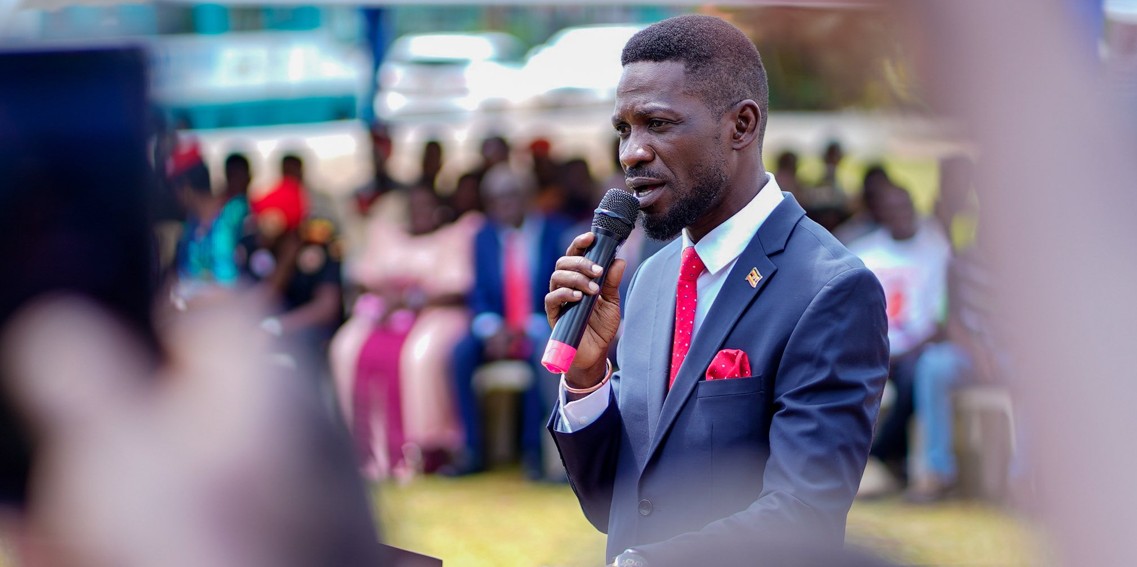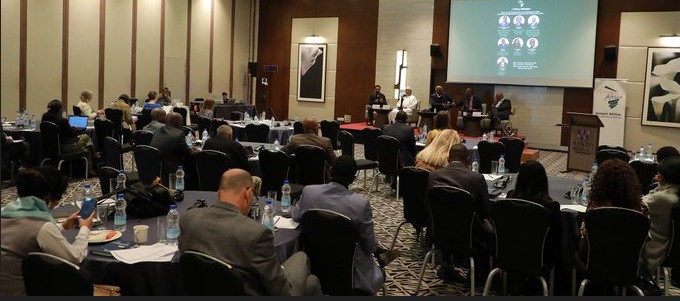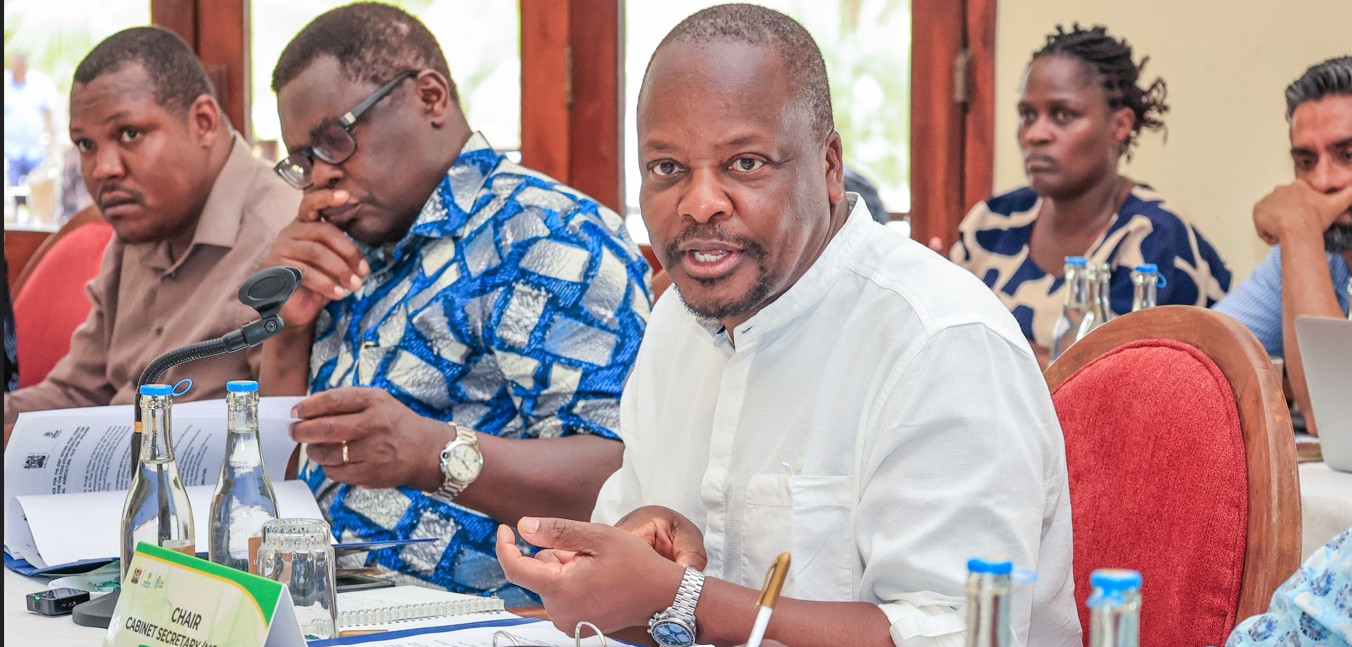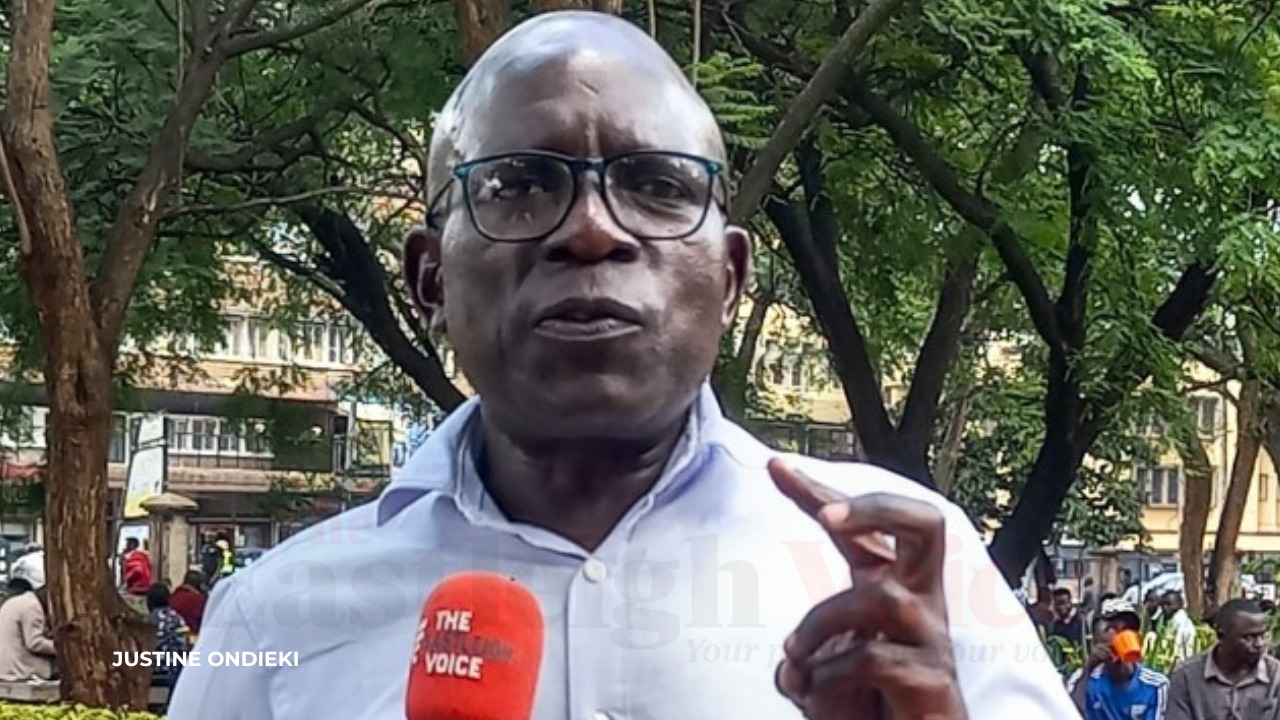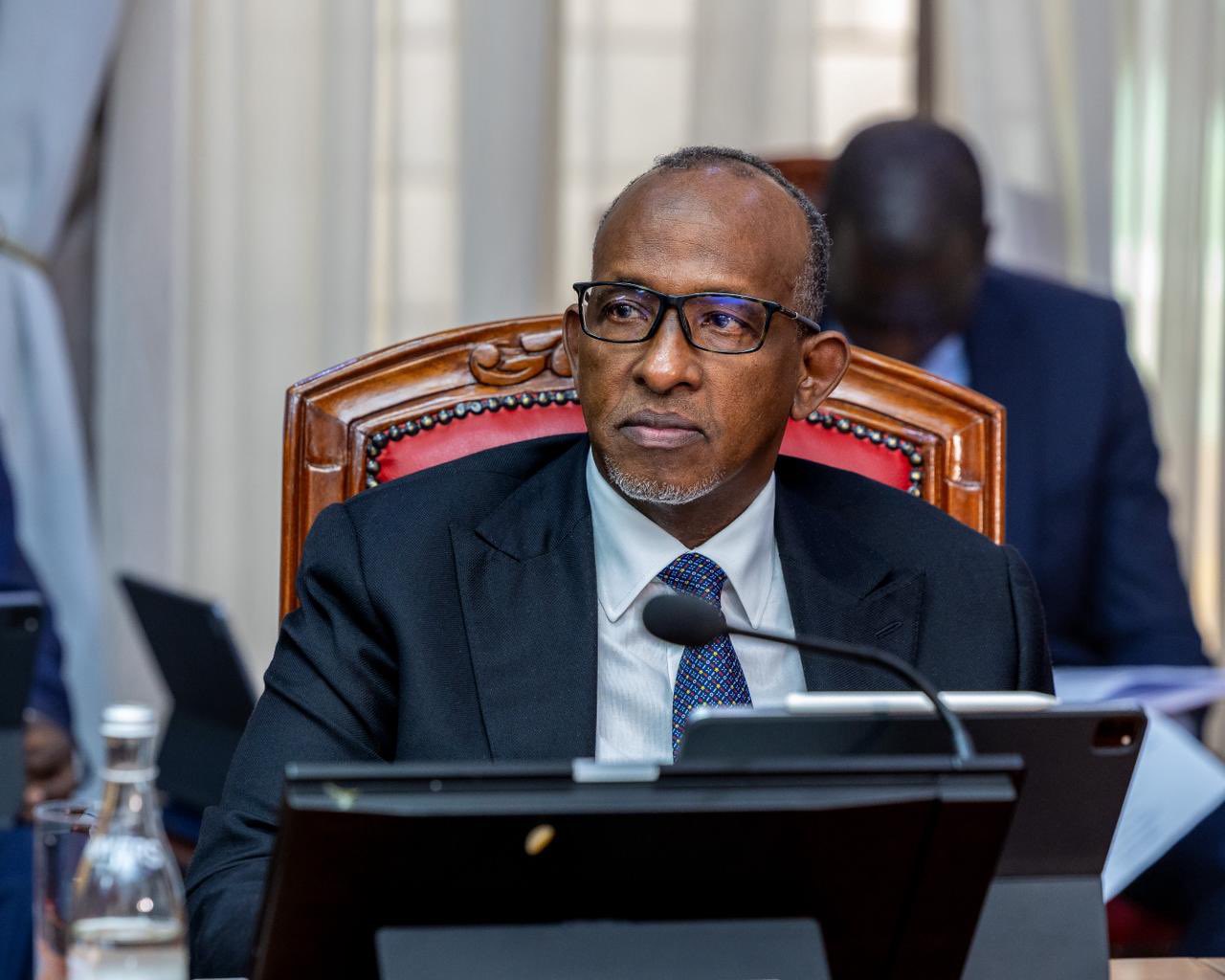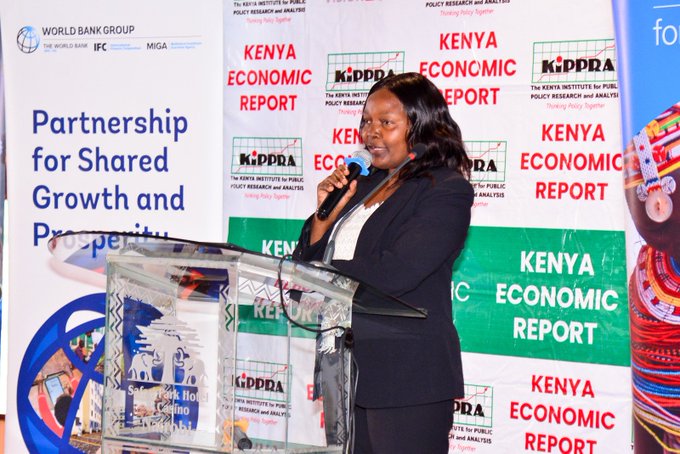Understanding cleft lip: The long road of multiple surgeries to a smile
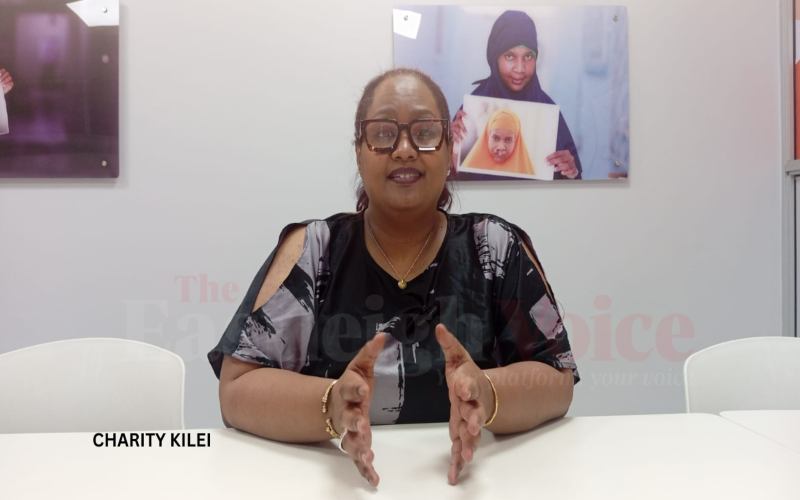
For children with unilateral clefts (affecting one side of the face), treatment is generally less complex. However, bilateral clefts (involving both sides) often require multiple surgeries.
For Christine Wanjiru, starving her tiny baby before surgery was a pain no parent can fully describe. It was a torment so deep that no amount of time could erase it.
This was the harsh reality she faced when her three-month-old daughter needed surgery to repair a severe cleft lip.
More To Read
- Teen mother’s journey highlights gaps in prenatal care for rural Kenyan women
- Body by Design directors freed on Sh500,000 bail each over fatal botched surgery
- Crackdown on unlicensed cosmetic clinics as Health Ministry enforces safety measures
- Mombasa residents benefit from free cleft lip and palate surgeries as Utange opens new theatre
- Restored smiles: The pleasant transformation that comes with cleft lip surgery
- Beyond aesthetics: The life-changing impact of cleft lip surgery
Born with a complex cleft lip extending into her nose, the wide visible gap required multiple surgeries to correct. Each surgery brought fresh pain, dragging Wanjiru back into a cycle of grief and helplessness.
“I remember holding her for the first time and feeling nothing but shock. I cried. My heart broke in ways I couldn’t understand. Then all the myths about clefts, blaming folic acid or superstition, overwhelmed me. I asked the doctors, ‘What’s wrong with her?’ They told me she would need surgery at 11 months. I was terrified and confused. I didn’t know what to expect.”
The wait for surgery felt endless. Wanjiru wanted her daughter’s treatment done immediately, but had to be patient.
Surgery
Seeking answers, she turned to her in-laws. Together, they found Bela Risu Medical Centre, which offers comprehensive, free cleft care. Though uncertain, this discovery marked a turning point.
“There were so many tears, so many fears about what each surgery would bring. And the worst part? Seeing my baby in distress, unable to comfort her.”
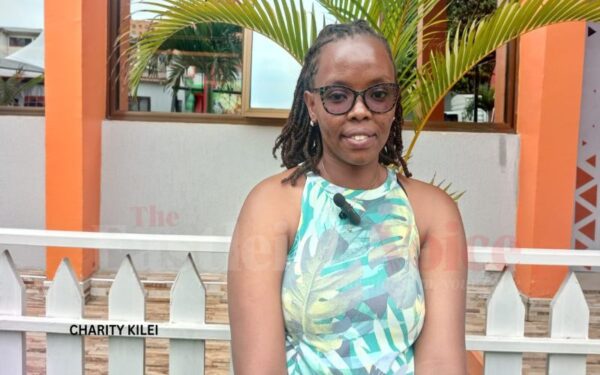 Christine Wanjiru shares her journey caring for a child with a cleft lip. (Photo: Charity Kilei)
Christine Wanjiru shares her journey caring for a child with a cleft lip. (Photo: Charity Kilei)
Her daughter had two surgeries so far: one at three months for the lip, and another at two years for her nose. Each brought new anguish, relief mixed with dread of more procedures to come. The journey continues with planned gum surgeries and orthodontic treatments, with the next major surgery scheduled at age eight.
“The process is draining. I remember crying as my baby cried, feeling helpless. It’s devastating to see your child suffer and not be able to ease her pain.”
As a first-time mother, Wanjiru struggled especially after surgery. “Feeding was hard; her mouth hurt so much. I didn’t want to cause more pain. But after counselling, I learned to feed her gently. Slowly, we found a way.”
The hardest part for Wanjiru has been knowing that the journey is far from over.
“It’s hard to accept there will be more surgeries. The first surgery was at three months, the second at two years, and now we’re preparing for another one when she turns eight. Every time we go through one, it feels like I’m reliving the pain, over and over again. But I’m determined to walk this path with her, no matter how long it takes."
On World Smile Day, Wanjiru joined other mothers celebrating their children’s smiles after corrective surgeries and reflected on her progress.
“Seeing her smile without fear fills me with indescribable joy. I can’t imagine her hiding her face, afraid to laugh or be seen. Now, she smiles with confidence. That gives me peace and strength.”
Wanjiru urged parents not to hide their children. She stressed that help is available and treatment can be free. She also dispelled myths around clefts, such as folic acid deficiency or superstition, and encouraged parents to seek care without fear or shame.
Cleft lip and palate
According to Sesnie Zemichael, the Chief Growth Officer at Bela Risu Medical Centre, cleft lip and palate are congenital conditions caused by incomplete formation during pregnancy.
“The journey with a cleft lip varies depending on the complexity of the condition. If it’s just a cleft lip, the process is simpler. But when both cleft lip and palate are involved, the child requires surgery for the lip first, followed by palate surgery a few months later, depending on the complexity," said Zemichael.
 Parents and children who have undergone surgery joined in a cake-cutting celebration for World Smile Day. (Photo: Charity Kilei)
Parents and children who have undergone surgery joined in a cake-cutting celebration for World Smile Day. (Photo: Charity Kilei)
For children with unilateral clefts (affecting one side of the face), treatment is generally less complex. However, bilateral clefts (involving both sides) often require multiple surgeries.
“This process can stretch at least 20 years,” she said. “As the child grows, we provide ongoing orthodontics, speech therapy, and other treatments. We monitor their progress and offer repeat surgeries as necessary.”
Despite these challenges, Zemichael believes in the transformative power of care. “It’s not just about fixing a deformity. It’s about giving these children the ability to smile without shame, to speak, eat, and breathe - all without fear of bullying or stigma.”
Awareness, however, remains a big challenge. “Many parents don’t understand the treatments or fear stigma. But we want them to know that help is available, and treatment can be free. Our goal is to help children not just function but thrive, with confidence and dignity.”
Since its founding 11 years ago, Bela Risu has provided free surgeries to approximately 8,000 patients, many of whom were children and are now adults. “It’s not just about restoring a physical feature; it’s about restoring their confidence, sense of belonging, and dignity,” said Zemichael.
Cause
Globally, cleft lip and palate affect about 1 in 700 births, though rates vary by region and factors. A cleft lip (with or without palate) occurs in about 1 in 1,000 births; cleft palate alone occurs in 1 in 1,500.
In Kenya, the rate is higher: around 1 in 600 births, equating to roughly 5,000 children annually.
Both genetic and environmental factors, including maternal health, nutrition and medication, influence risks.
Untreated, clefts cause feeding problems, infections, hearing loss and speech difficulties, affecting development and social integration. Early surgery and therapy enable children to lead healthy, fulfilling lives.
Top Stories Today

